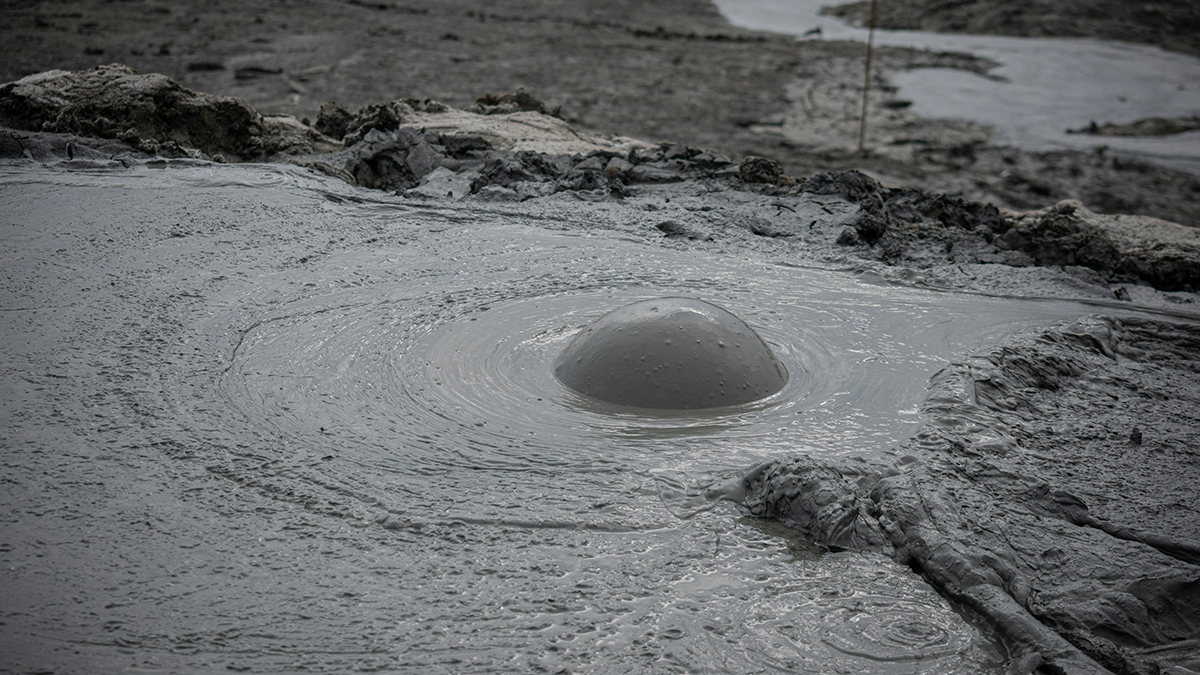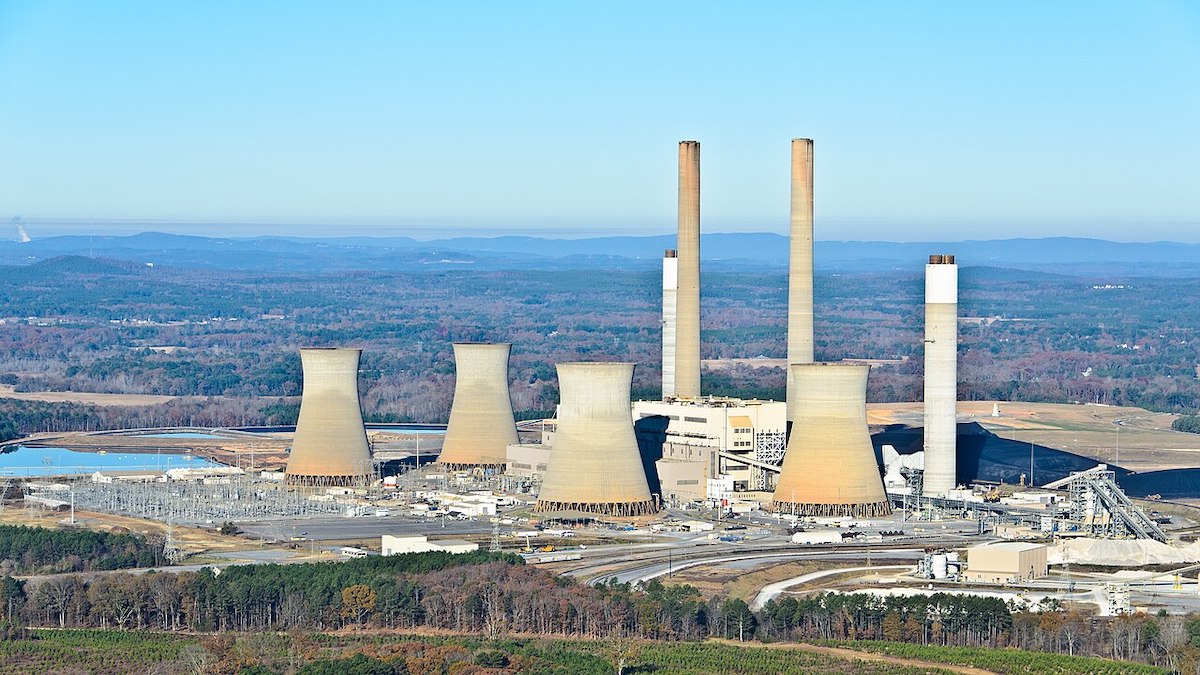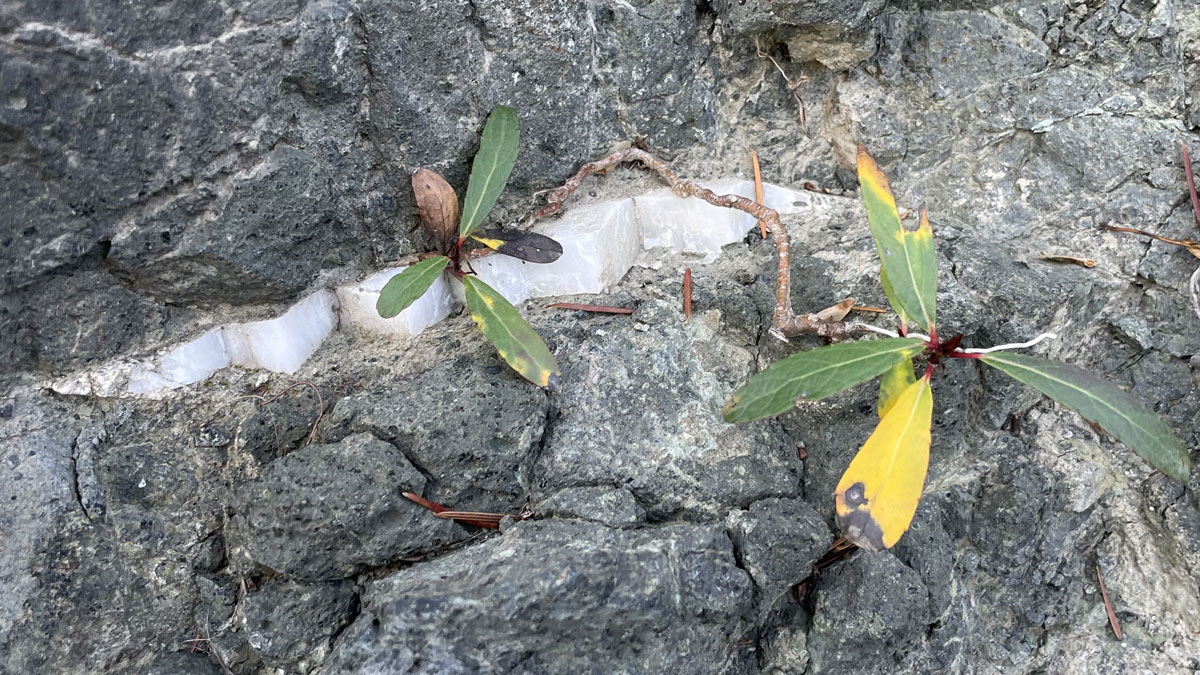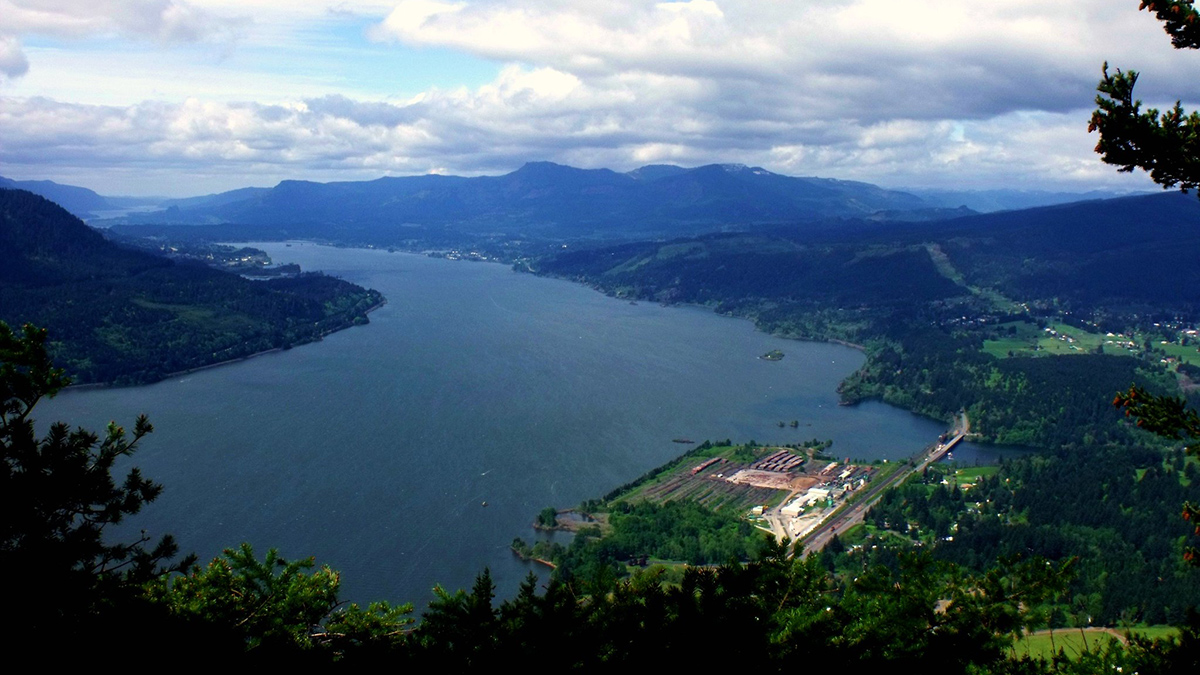A team of scientists put together a global database of submarine mud volcanoes. Orders of magnitude more are still bubbling, undiscovered, in the deep ocean.
carbon emissions
Nonproducing Oil Wells May Be Emitting 7 Times More Methane Than We Thought
A study measured methane flow from more than 450 nonproducing wells across Canada, but thousands more remain unevaluated.
EPA Proposes Removal of Carbon Dioxide Limits on Power Plants
On 11 June, the Environmental Protection Agency announced a proposal to repeal federal limits on power plant carbon emissions, including a Biden-era rule requiring power plants to control 90% of their carbon pollution and a 2015 standard limiting carbon dioxide emissions from new fossil fuel-fired power plants.
Real Climate Solutions Are Beneath Us
It’s time to accept that durable subsurface carbon storage, along with emissions reductions, must be part of the plan to mitigate the effects of climate change—and geoscience must play a central role.
Solar Power Shortages Are on the Rise
More communities are relying on solar power as a source of renewable energy, but increasing demand and climate change threaten its reliability.
Seeping Groundwater Can Be a Hidden Source of Greenhouse Gases
A new study in the Farmington River watershed shows that groundwater seeps can release 20% of dissolved emissions into the atmosphere before the water joins streams.
The Middle East’s First Comprehensive Carbon Budget
The first greenhouse gas budget for Central and West Asia—24 countries, including Yemen, Türkiye, Kazakhstan, and Afghanistan—was just published.
Glacier Intervention Research Isn’t Just for Glaciologists
Prospects for mitigating sea level rise by slowing flows of glacial ice into the ocean are worthy of research, but this work must involve all rights holders and stakeholders.
Why Wildfires Started by Humans, Cars and Power Lines Can Be More Destructive and Harder to Contain
While climate change sets the stage for larger and more intense fires, humans are actively fanning the flames.
New Insight into Inland Water Carbon Dioxide Emissions
A process-based modeling technique reveals surprising information about carbon emissions from rivers, lakes, and reservoirs across the contiguous United States.










